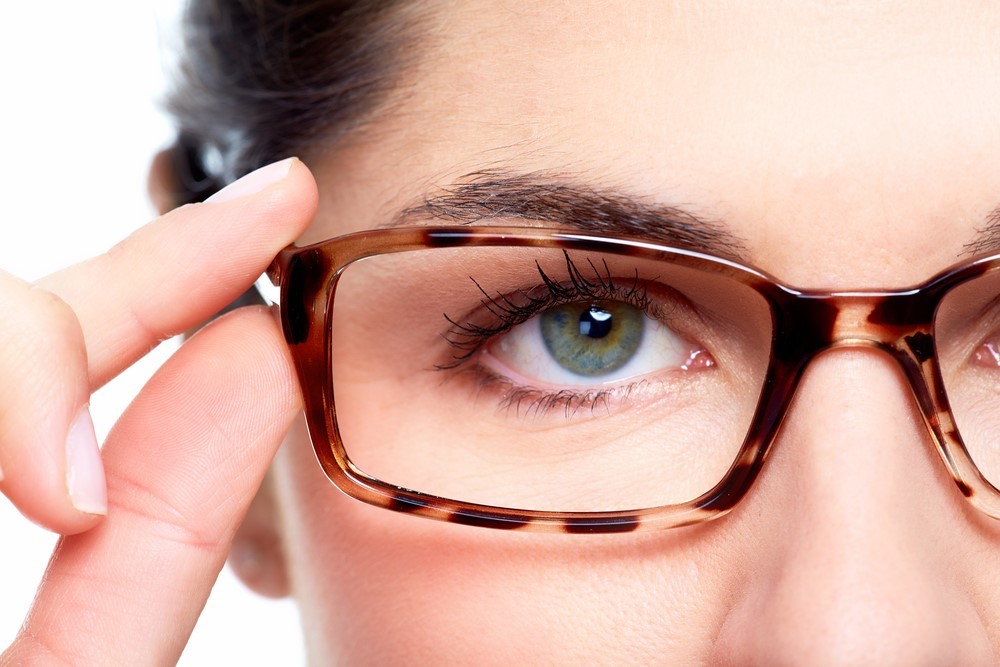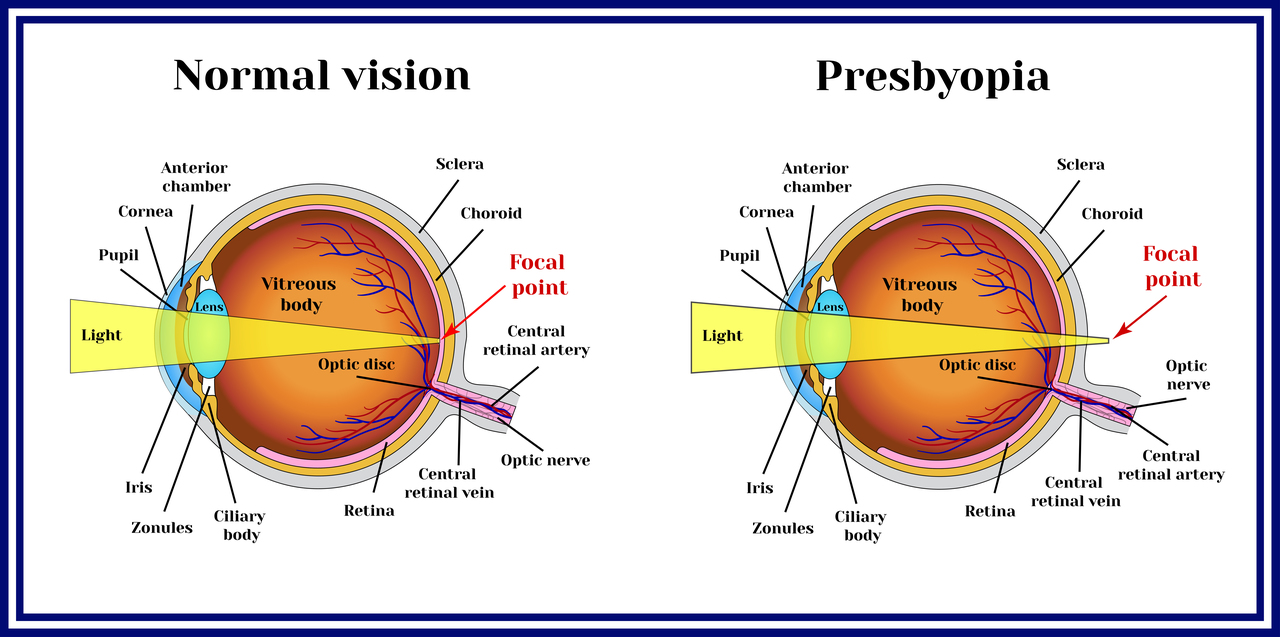14.6 Refractive errors
 The shape of the eye and the thickness of the cornea can vary between different people. If the cornea is irregular, light rays enter the eye at different angles, and do not focus on one point the retina, but on many different points. This results in a blurred, distorted image.
The shape of the eye and the thickness of the cornea can vary between different people. If the cornea is irregular, light rays enter the eye at different angles, and do not focus on one point the retina, but on many different points. This results in a blurred, distorted image.
Adolescents can develop nearsightedness or myopia. Myopia is a common vision condition which occurs when the shape of the eye causes light rays to bend (refract) incorrectly. A myopic person can see objects near to them clearly, but the objects farther away seem blurry. Nearsightedness can be corrected with glasses that have concave lenses or through refractive surgery.
As we age, muscles that control our pupil size and reaction to light lose some strength. This causes the rays of light to refract behind the retina. In this case, the person sees very far, but the near vision is impaired. Long-distance refraction can be corrected with glasses that have convex lenses.
Far-sightedness, presbyopia, is caused by loss of elasticity of the lens of the eye. It typically develops in middle age, when the person is at the age of 40-45 years.
